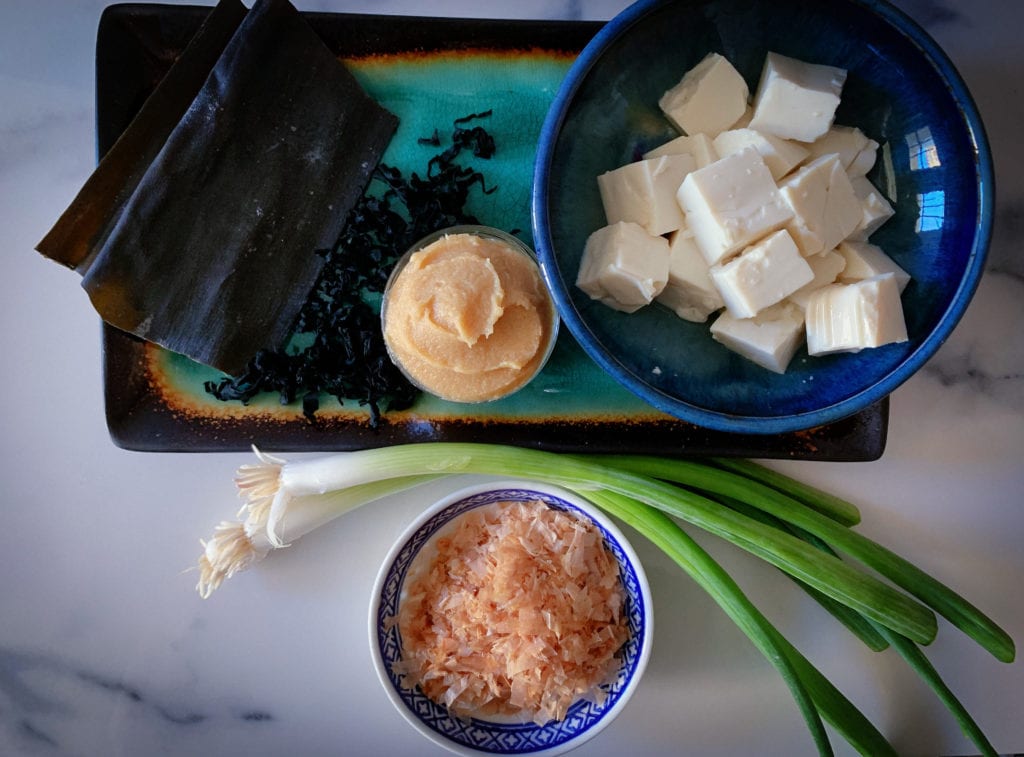Generally in our culture, January is a time when healthy recipes are plastered on every magazine as penance for going a little wild over the holidays. What if instead of flocking to fad diet influencers, we looked to the oldest living people on the planet for sage advice on nutrition? More specifically, the centenarians (those living 100 years or more) living in “Blue Zones.” Blue Zones have been extensively researched by Gianni Pes and Michel Poulain and include Okinawa, Japan; Loma Linda, California; Ikaria, Greece; Sardinia, Italy; and Nicoya, Costa Rica. So what are these people eating to grant them such long lives? A mostly-carbohydrate, plant-heavy diet with whole grains, beans, legumes and little meat, with moderate alcohol consumption. What’s equally important is the tradition of the foods being eaten here. The passion and pride Ikarians get from baking their own bread and sheep’s milk cheese is aspirational. Centuries-old recipes passed from generation to generation impart culture into their diet from foods that have grown in their respective regions for years. Local and seasonal eating is what we hear constantly, and these centenarians are living proof that it works.
In Okinawa, and all over Japan, miso soup is eaten all throughout the day but especially at breakfast. You may be familiar with miso soup as an appetizer at your favorite sushi restaurant, but you’ll be happy to know that it’s incredibly easy to make and extremely healthy. It’s loaded with probiotics from the fermented miso, dietary fiber from the seaweed, and protein from the tofu. Miso soup is also low in calories, gluten-free, full of antioxidants, and makes a complete protein with 20 essential amino acids. Know a juice cleanse or fad diet with those stats? In a 2003 study of women eating miso soup every day, it was found to even decrease chances of developing breast cancer.

What exactly is miso? Miso is fermented soybeans mixed with sea salt and koji, a special rice mold that jumpstarts the fermentation process. Depending on the amount of soy and how long it’s left to ferment, different forms of miso are produced in a wide variety of colors. I used a white miso for this recipe, but you can use any you like. Note that red miso is stronger, so you may not need as much. The other integral part of this soup is the broth called dashi, which is a mix of kombu (dried kelp) and katsuobushi (dried shavings of bonito fish). Traditionally, seaweed called wakame, green onions and tofu are fillings in miso soup.
Where can I find these ingredients? Your local supermarket may sell pre-packaged miso soup and miso, but the kombu, katsuobushi and wakame are a little harder to come by. Whole Foods does carry all three, but I like going to my local Asian market or even ordering online. If you’ve never pursued the aisles of an Asian market, I highly recommend Dong A Supermarket on Mills Avenue. It’s a great place to stock up on Thai curry paste, soba noodles, fresh bean sprouts, and Japanese candies. It’s a really fun place to spend an hour!
I hope you’ll give this recipe a try or at least have a greater appreciation for miso soup the next time you order it at your favorite sushi restaurant. If you’re interested in learning more about Blue Zones, I recommend Dan Buettner’s series of books and cookbooks.

Miso Soup (6 Servings)
6 cups water
4” by 4” piece of kombu
1 cup bonito flakes (katsuobushi)
¼-cup dried wakame seaweed
8 ounces silken tofu (patted dry with paper towels and diced)
3 scallions (sliced thin – dark green parts only)
6 tablespoons red or white miso paste (note that red miso is stronger, so you may not need as much)
Instructions:
- In a pot on medium heat, add water, katsuobushi and kombu. Cook for 10 minutes on simmering heat. Do not boil.
- Drain over a fine mesh strainer. Discard solids.
- Add broth back to the pot and heat back to medium. Whisk in miso one tablespoon at a time. Taste in between. Miso pastes vary in potency from brand to brand and between varieties. Adjust salt level by adding a splash of soy sauce if needed.
- Add green onions, dried wakame and tofu. Serve when all ingredients are warm and wakame has rehydrated.


